1. TV Antennas
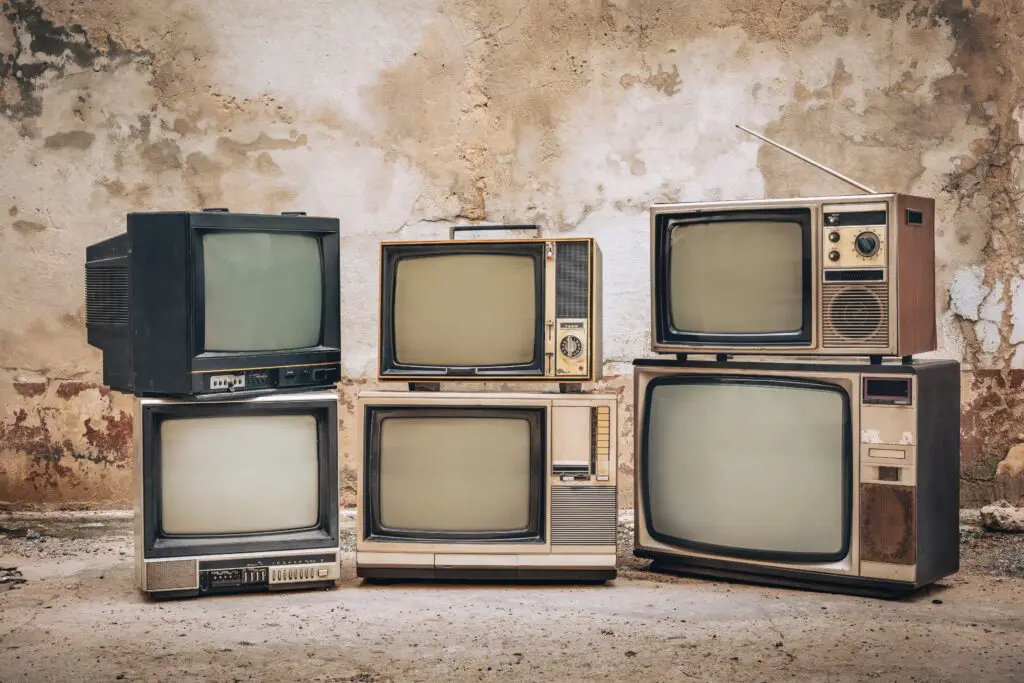
There was a time when a pair of rabbit ears perched on top of the television was as essential as the TV itself. You’d carefully twist and bend the antennas like a mad scientist just to get the clearest signal for your favorite show. Sometimes, the picture was still fuzzy—but that was just part of the charm says TVREV. Maybe you even wrapped a bit of foil on the ends for “extra power.”
Today, with streaming services and smart TVs, the old metal antennas have mostly vanished. Cable and digital broadcasting made them obsolete, and most kids wouldn’t even recognize one if they saw it. It’s hard to believe we once spent so much energy on getting a clearer picture by moving a piece of metal. Now, we just click and play—and the fuzzy charm is gone adds BBC.
2. Ashtrays
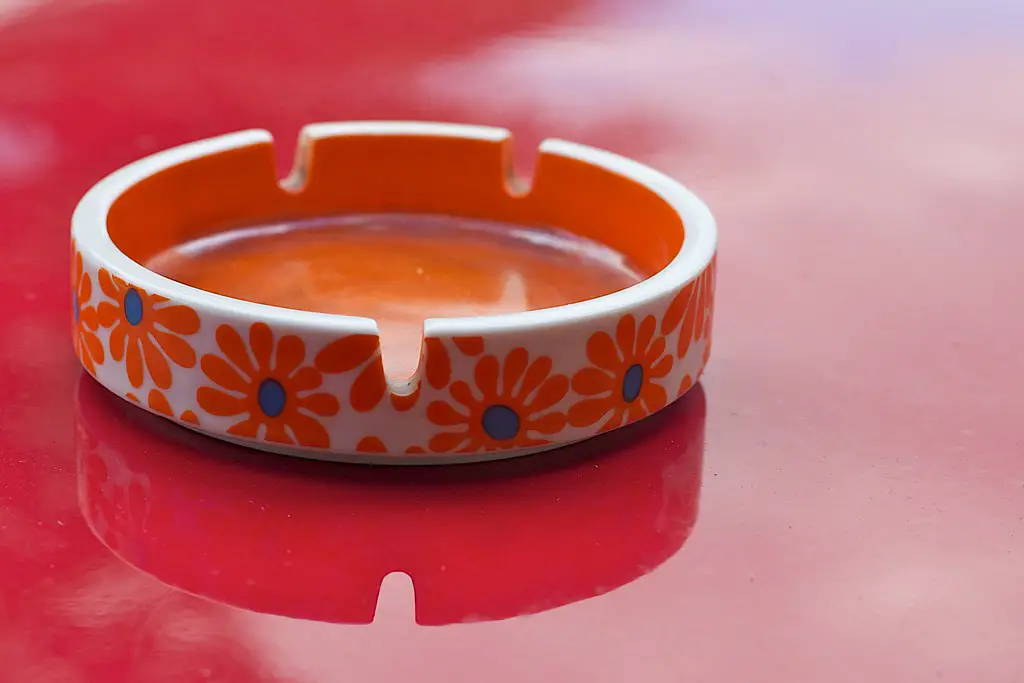
Ashtrays used to be everywhere: on coffee tables, restaurant counters, even in cars. Some were fancy glass ones, others were metal with spinning tops that made a satisfying clink when you pushed your cigarette in. They weren’t just practical—they were decorative and, for better or worse, a sign of hospitality says The Lamp Magazine.
But as smoking declined, so did the need for ashtrays. With indoor smoking bans and public awareness about health risks, they slowly disappeared from daily life. Most homes don’t even have one anymore, and if they do, it’s likely collecting dust on a shelf or repurposed for something else. It’s a small thing, but it marks a major cultural shift adds the Los Angeles Times.
3. Answering Machines
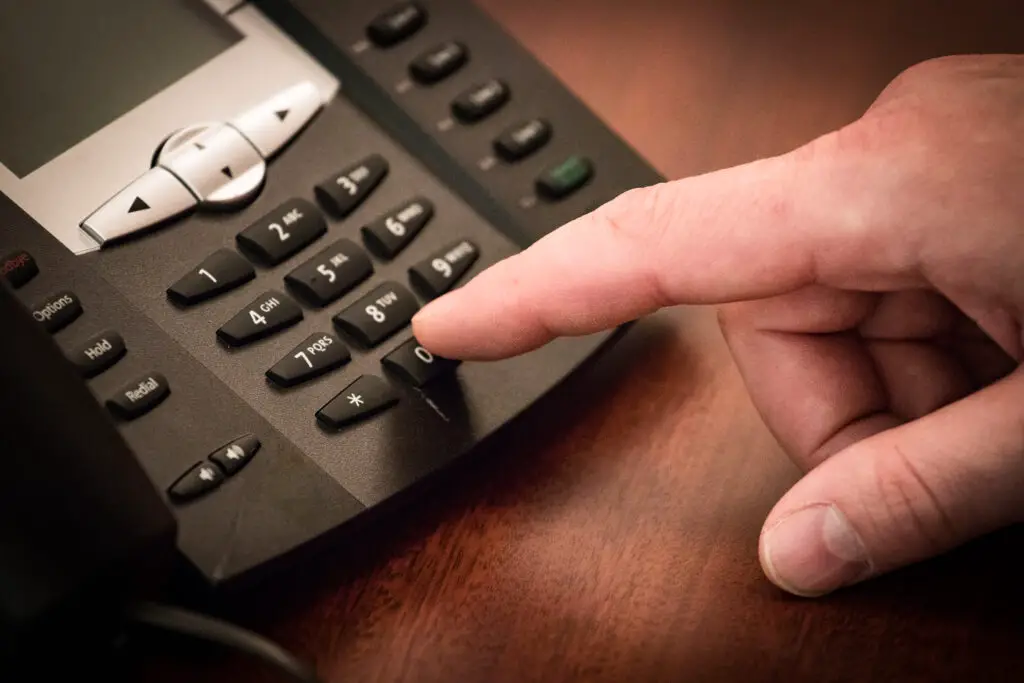
Remember coming home and hitting the play button just to hear who called while you were out? The little blinking light was so exciting—you never knew if it was a friend, your boss, or someone trying to sell you something. Recording your outgoing message was a mini production, often with a script or a funny line.
Now, voicemail is built into our phones and barely anyone leaves a message anyway. Answering machines became bulky relics in the age of smartphones. There’s no need to rewind or replace tiny cassette tapes. It’s one of those things you don’t miss—until you remember how personal it once felt to hear someone’s voice waiting for you at home.
4. Rolodexes
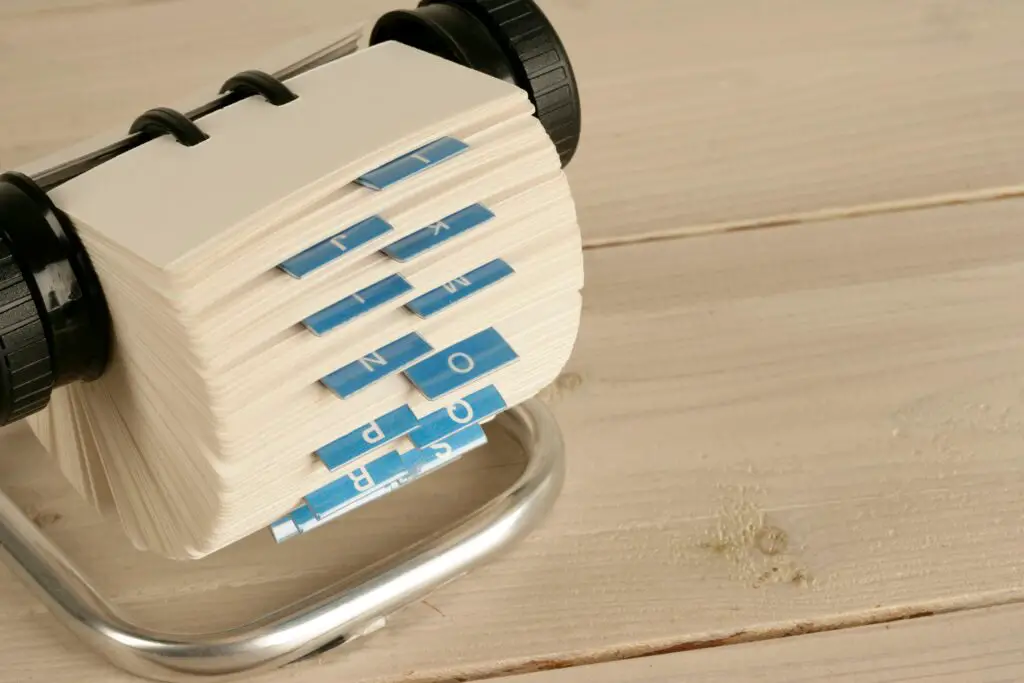
Before smartphones and cloud contacts, we had the Rolodex—a spinning wheel of business cards and handwritten notes. It sat proudly on desks and made you look very official and important. If someone needed a phone number, you’d give that wheel a whirl like you were cracking a code.
But digital address books made Rolodexes vanish almost overnight. Now we just search a name and hit “call.” There’s no more flipping through cards or worrying one might fall out. It’s more efficient, sure—but it also feels like we lost a little office magic.
5. Film Canisters
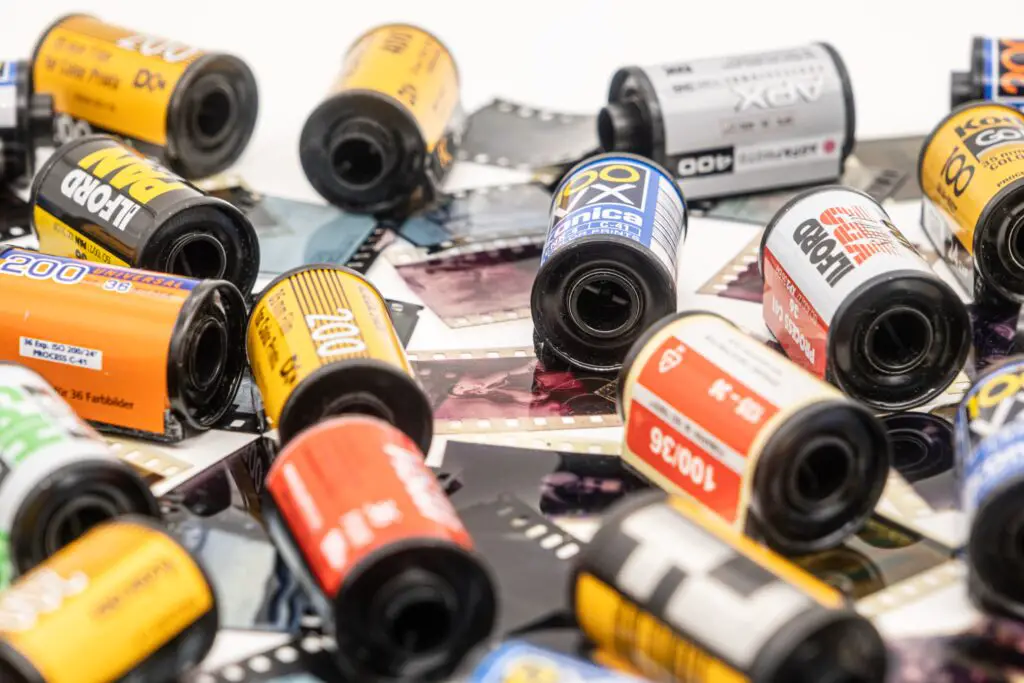
Buying film used to be part of the fun of photography. You’d pick up a roll at the drugstore, snap your 24 or 36 photos, and then wind it all back into that little black and gray canister. And those canisters had a second life too—some people stored pins in them, others coins, or even spices.
But when digital cameras and smartphones took over, film canisters faded away. Most of us don’t even develop photos anymore, let alone buy film. They’re not on checkout counters or in drawers like they once were. It’s wild to think we once had to wait a week just to see if our vacation photos turned out.
6. Phone Books
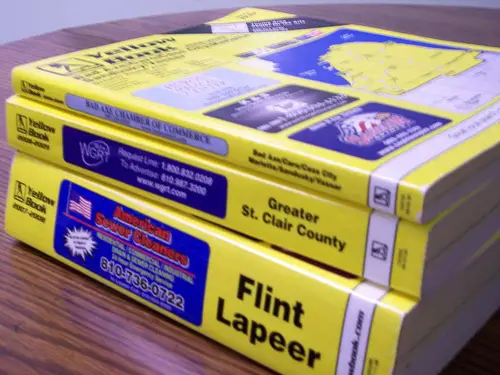
That satisfying thunk when the new phone book landed on your porch—it used to feel like an annual event. We’d flip through the yellow and white pages to find restaurants, doctors, or long-lost friends. Even the ads in them had a certain hometown charm.
Now, those thick books barely exist, and most go straight to the recycling bin. We Google everything instead, and voice assistants can even do the searching for us. Phone books went from being a household staple to an unnecessary burden. They had a good run, but the internet won.
7. Popcorn Makers
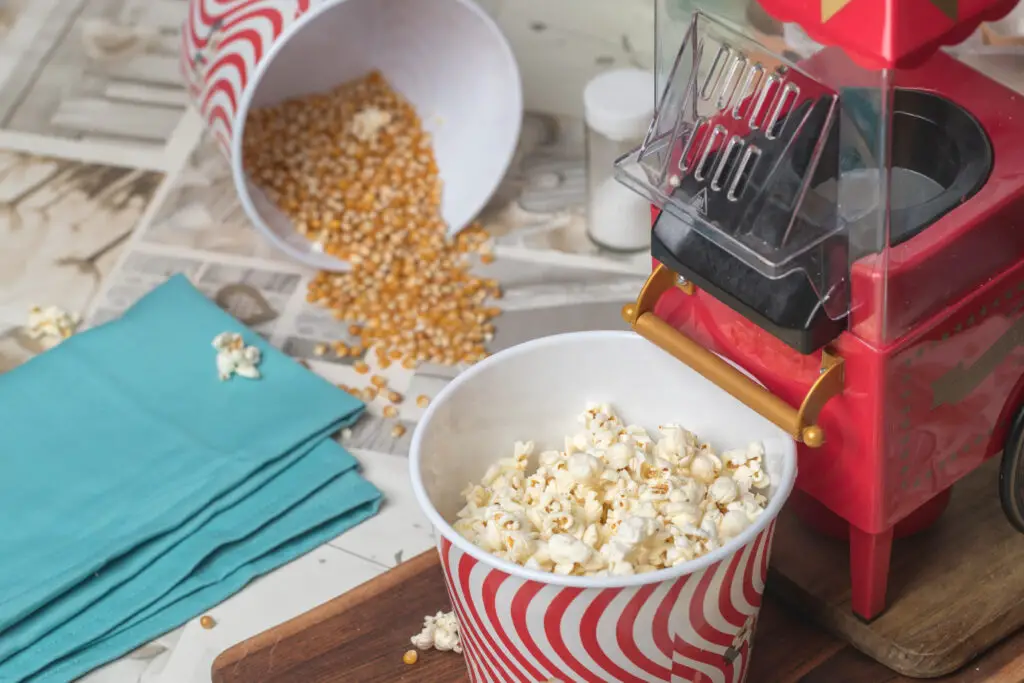
Not the microwave kind—the old-school countertop machines with a clear dome and that little metal stirring arm. You’d pour in the kernels, add a chunk of butter, and wait for the first pop. It made movie night feel like a real event, complete with the smell of fresh popcorn wafting through the house.
But then came the convenience of pre-bagged microwave popcorn. It was faster, cleaner, and required no cleanup. Slowly, those machines found their way to yard sales and donation bins. There’s still something magical about watching kernels explode under a plastic dome, though.
8. Manual Ice Trays
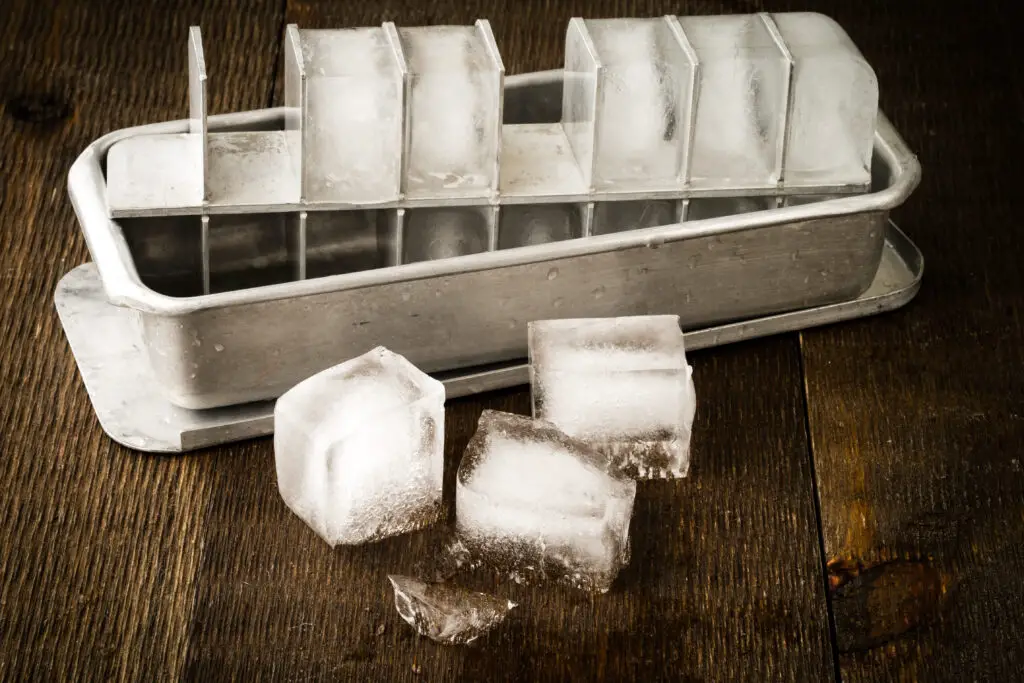
Before refrigerators had built-in ice makers, every freezer had at least two metal or plastic trays you had to fill by hand. You’d carefully carry them across the kitchen, praying not to spill, and then twist the tray to free the cubes later. That cracking sound was so satisfying.
Now, we just push a button and ice comes tumbling out. Manual trays are rare, usually only seen in dorms or vintage cabins. They were a little inconvenient, sure—but they gave you a moment of simple satisfaction. Plus, they made great mini popsicle molds in a pinch.
9. Electric Can Openers
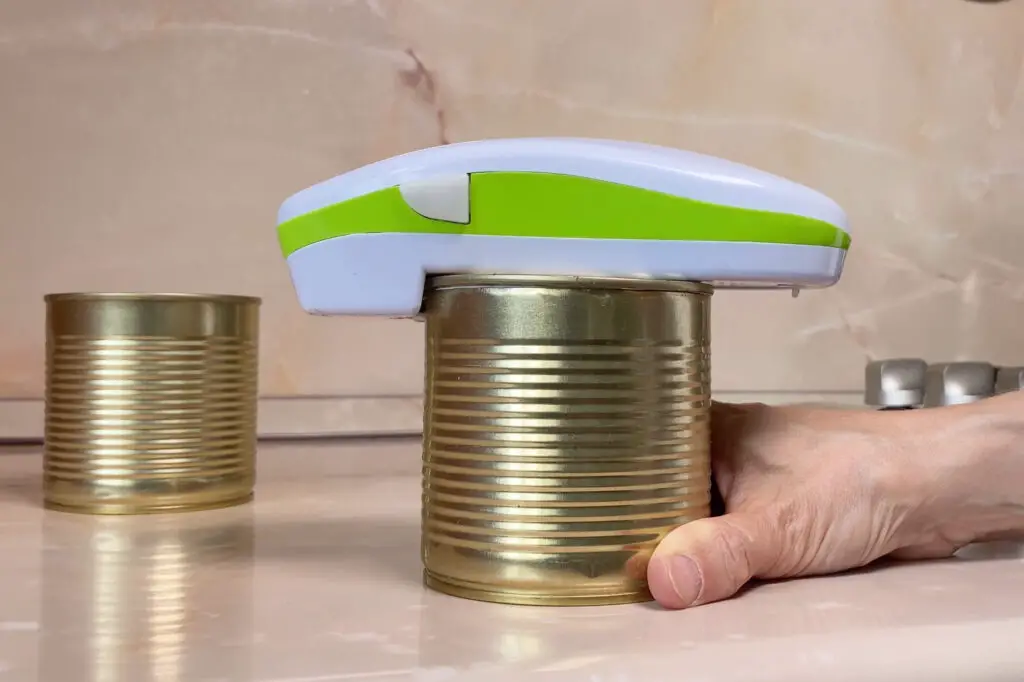
In the ’70s and ’80s, electric can openers were kitchen royalty. They had a dedicated space on the counter, usually plugged in and ready to go. Just hook the can onto the magnet, press the lever, and let it do the work for you—hands-free!
But as manual can openers improved and kitchens shrank, the electric versions became unnecessary. People realized they took up space and weren’t that much faster. These days, you’re more likely to see one gathering dust than in active use. It’s one of those “fancy” items that quietly lost its status.
10. Incandescent Light Bulbs
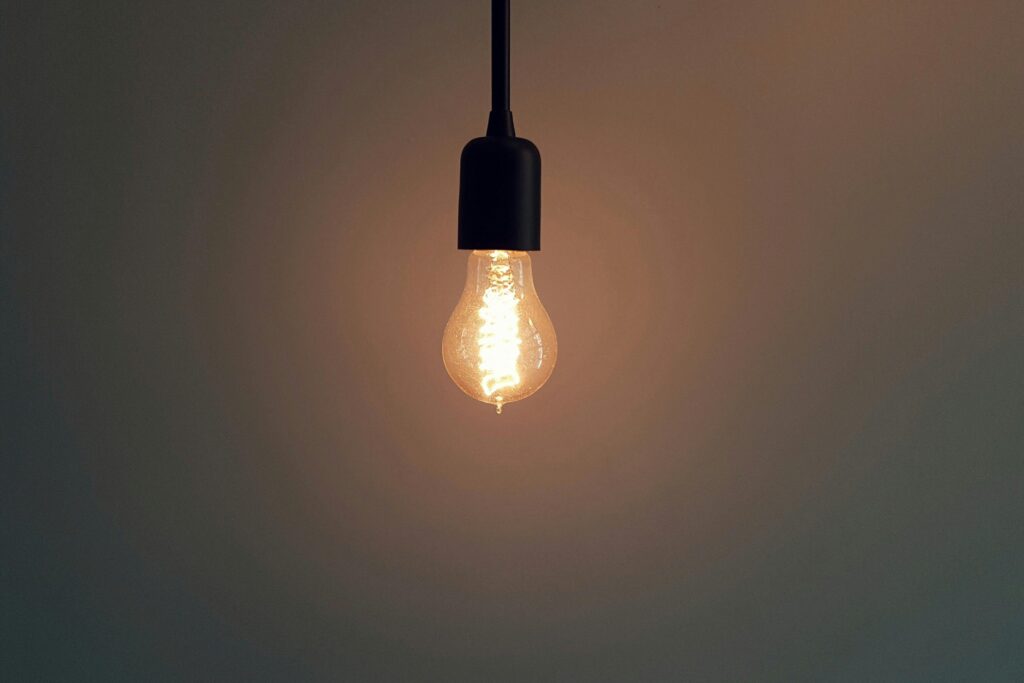
Changing a light bulb used to mean grabbing one of those glowing, round, warm bulbs that looked the same in nearly every lamp. You could find them at any store, and there was something comforting about their soft, yellow glow. They didn’t last long, but they were cheap and familiar.
Now, LEDs and compact fluorescents have taken over. They’re more energy-efficient and last much longer, but they don’t always give off the same cozy vibe. Most people made the switch gradually without really noticing. Still, there’s a nostalgic charm to the gentle warmth of the old bulbs.
11. Corded Landline Phones
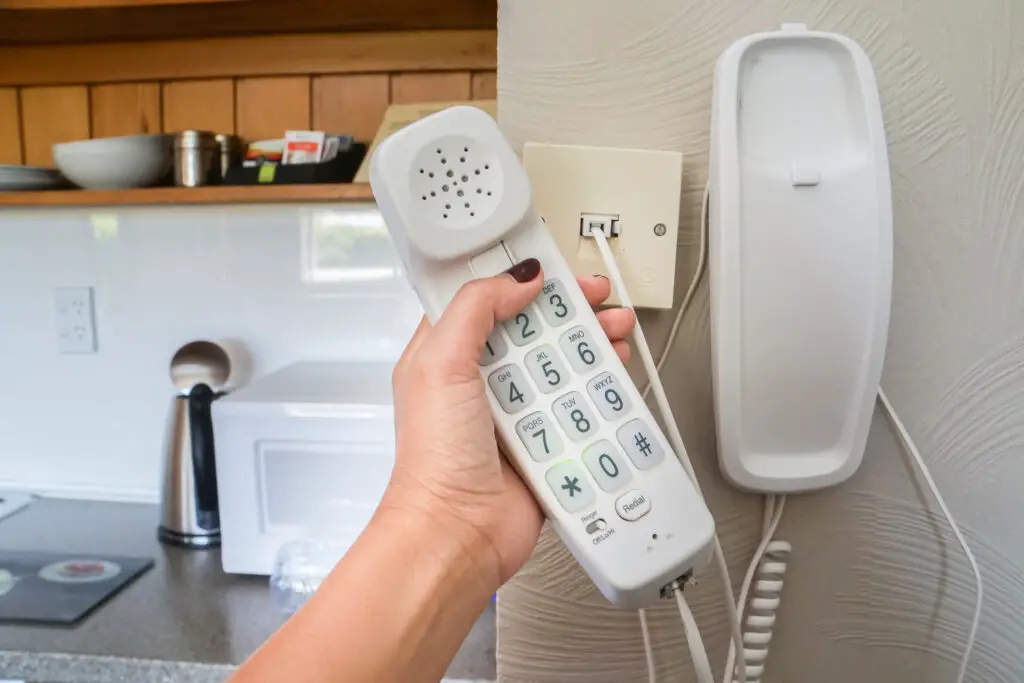
The coiled cord, the heavy handset, the satisfying click when you hung up—it was all part of the experience. And who can forget wrapping that cord around your finger during long chats? Landline phones were in every room, and sometimes even mounted to the wall with a giant directory underneath.
Today, landlines are mostly gone from homes, especially the corded kind. Cell phones made them obsolete, and even cordless landline sets are fading fast. There was something grounding about having one dedicated spot to make and receive calls. Now, we talk everywhere and anywhere, but it’s not quite the same.
12. Carpet Sweepers
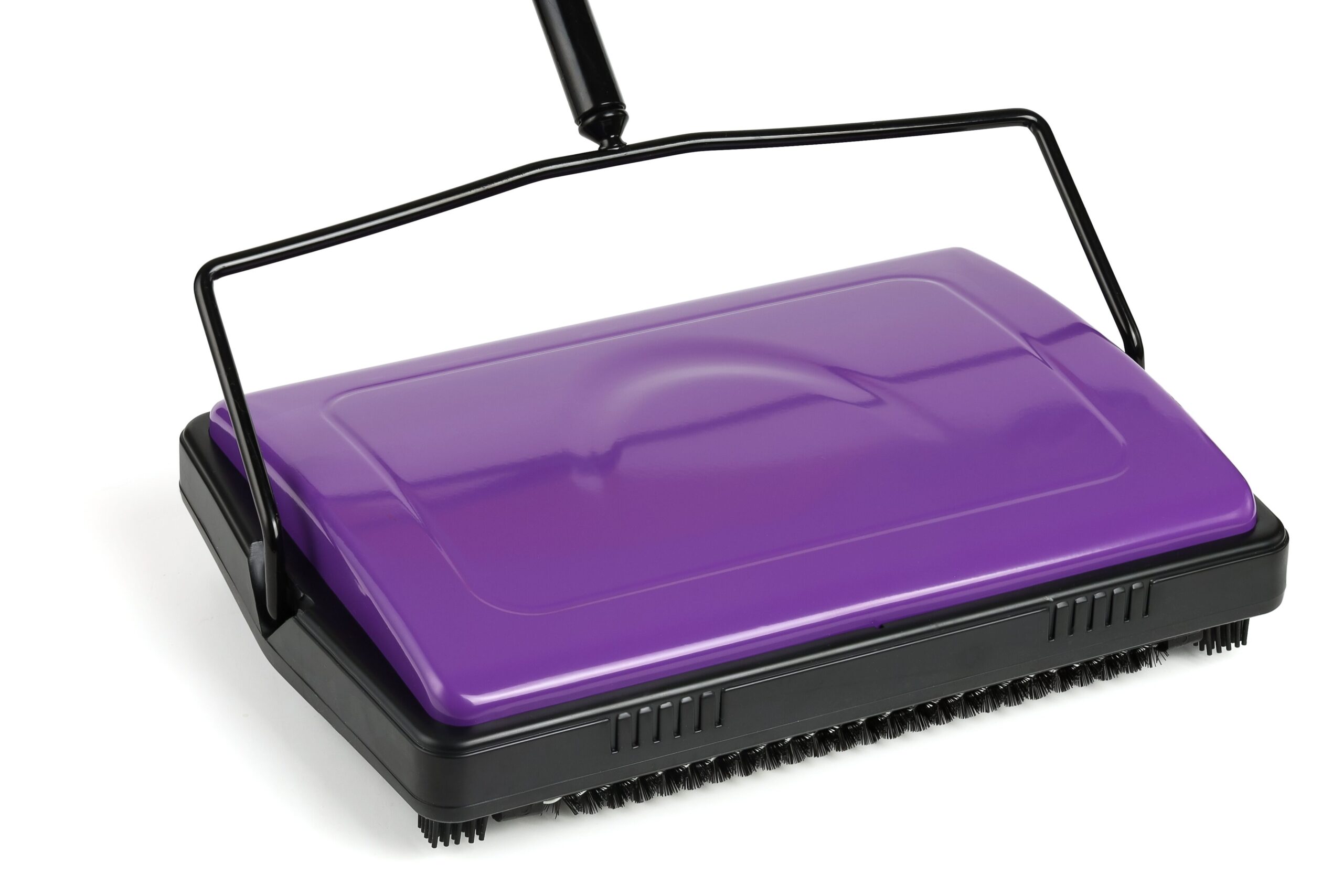
Long before Roombas, there was the humble carpet sweeper—a manual push device with soft bristles and a little compartment for crumbs. It didn’t plug in, and it didn’t make a sound. You’d just run it over the floor, and somehow it managed to pick up everything.
Vacuum cleaners eventually pushed them out, but for a while, carpet sweepers were beloved for their simplicity. No bags, no cords, just a little handle and some elbow grease. You might still spot one in an old-school diner or your grandma’s closet. They were quiet heroes of quick cleanups.
13. Metal Ice Picks
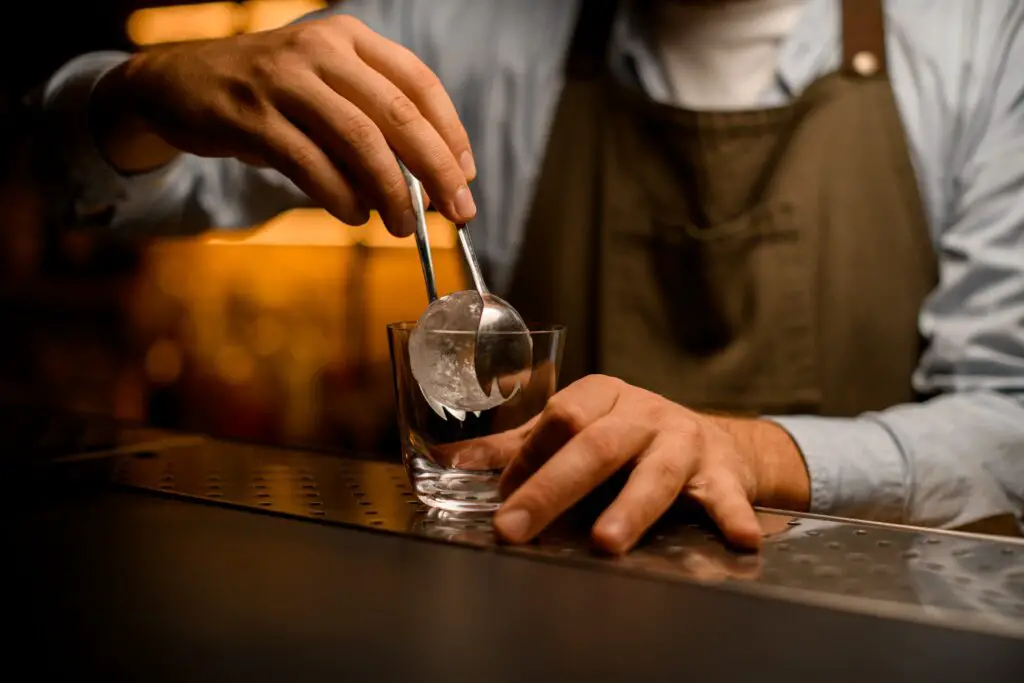
Back when big blocks of ice were more common—or if your freezer was a bit too frosty—an ice pick was the tool of choice. It looked like something from a mountain expedition, but it had a place in nearly every kitchen drawer. Chipping away at ice was oddly satisfying and a bit dangerous, if we’re honest.
With automatic ice makers and freezers that don’t frost over as much, the ice pick has lost its job. You’d be hard-pressed to find someone using one outside of a craft cocktail bar. It’s a relic now, but one that once felt very necessary. And maybe just a little thrilling.
14. Fabric-Covered Tissue Box Holders
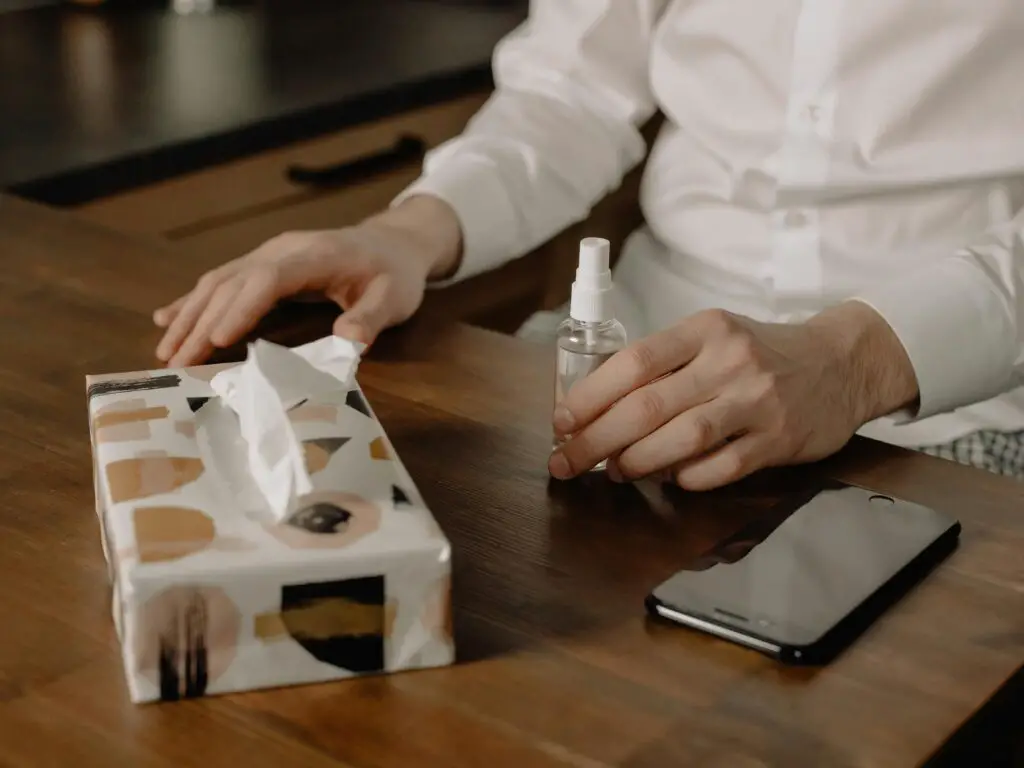
There was an entire era where tissue boxes had to be disguised. Lacy, floral fabric covers—or plastic ones shaped like dollhouses—were made to match the bathroom or living room decor. You’d carefully lift the whole thing off to replace the box underneath.
Minimalist trends and sleeker packaging designs made those frilly holders feel outdated. People now just leave the box as-is, or choose a modern-looking cover if anything. The fabric ones feel like something from a different time entirely. But they were once the height of suburban elegance.
15. Disposable Flash Cubes
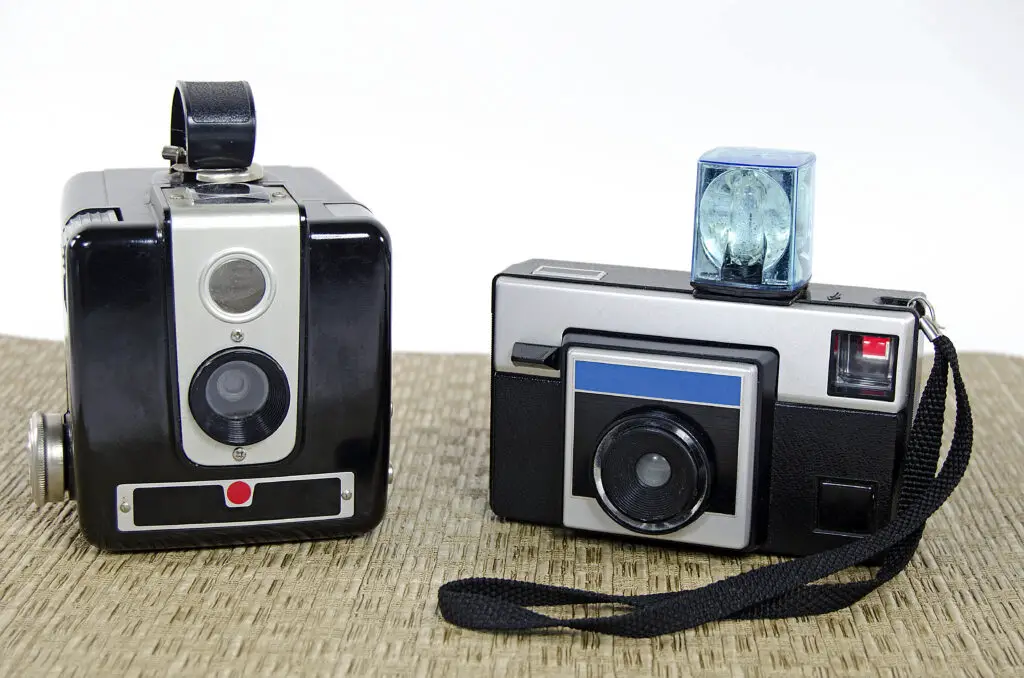
Remember snapping a photo and hearing that little pop as the flash cube did its thing? Cameras once needed these tiny cubes of light that rotated after each shot. You only got a few flashes per cube, so you had to use them wisely—no retakes or selfies here.
Modern cameras have built-in flashes, and phones adjust lighting automatically, so flash cubes are completely extinct now. But there was a certain excitement in knowing that once your cube ran out, your photo session was over. It made each picture feel more deliberate.
